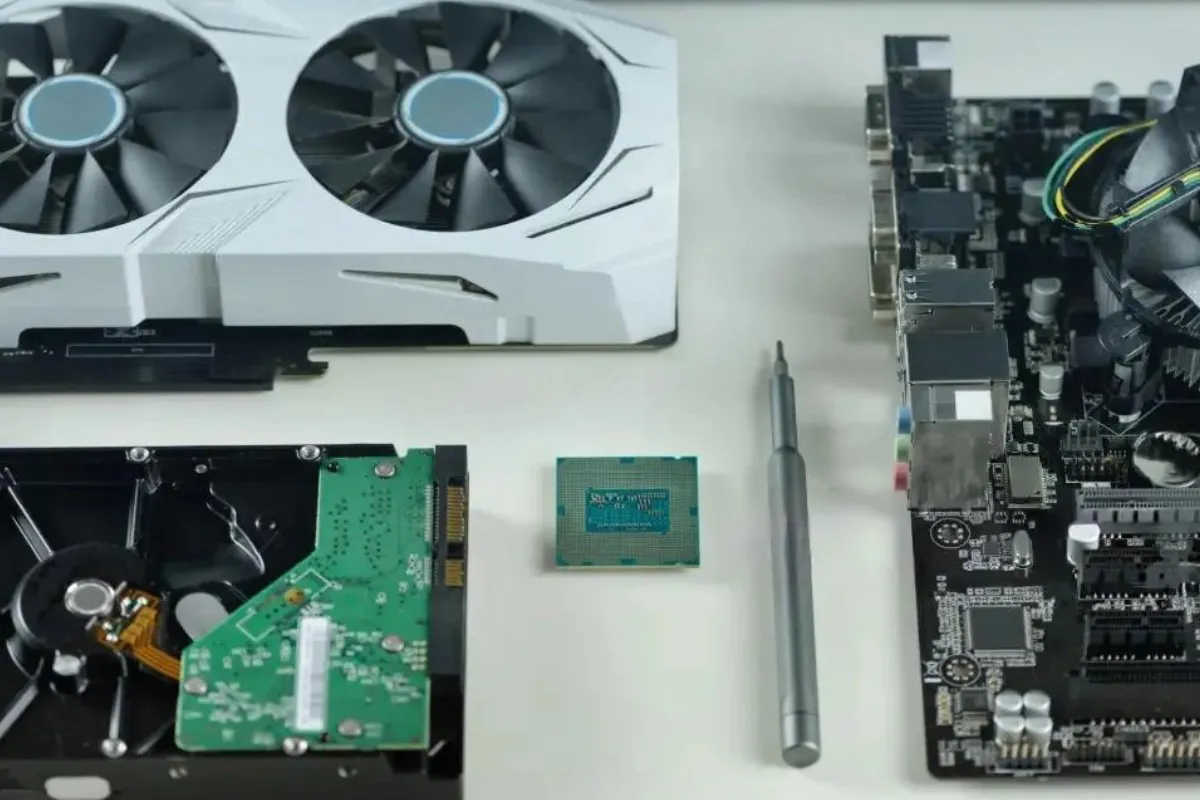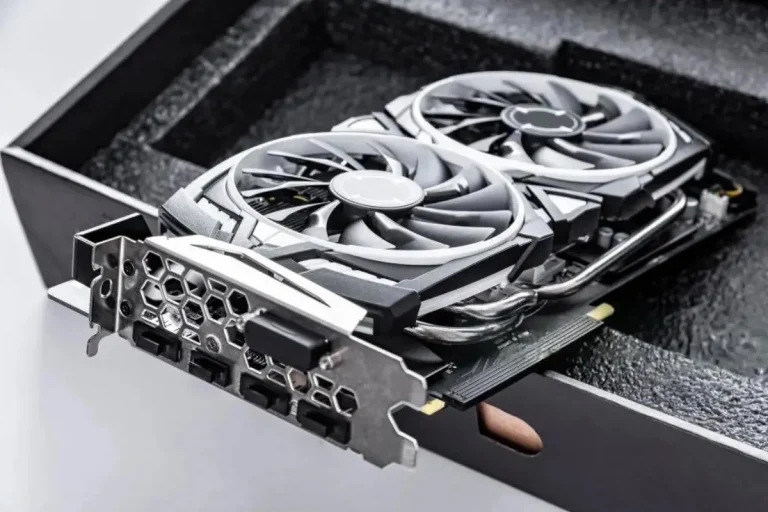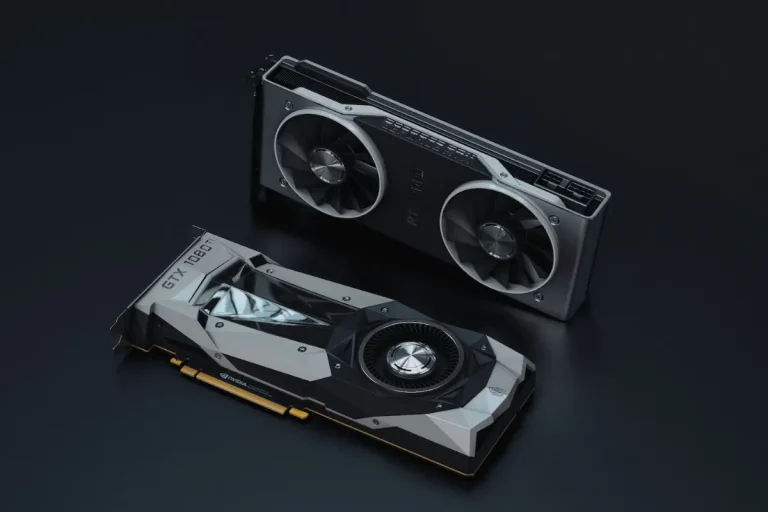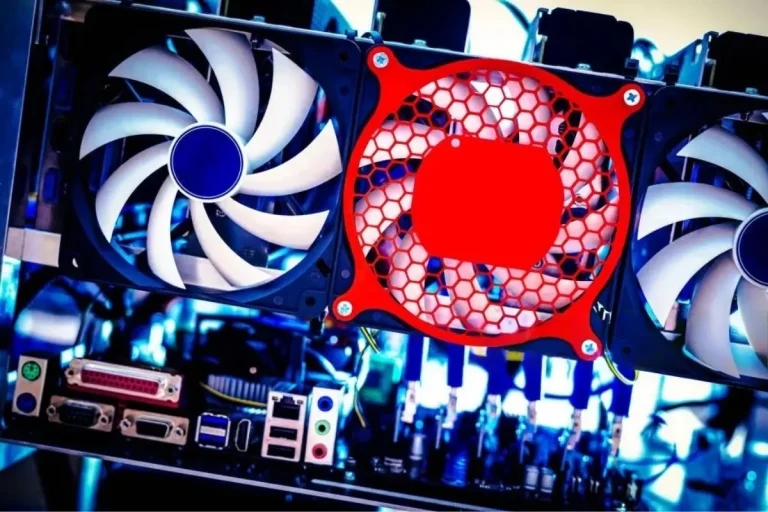How can I find out which graphics card my PC has?
Are you ready to level up your gaming experience but not sure which graphics card your PC has? Don’t worry, we’ve got you covered! In this guide, we’ll walk you through simple steps to find out which graphics card is powering your system. Get ready to optimize your gaming performance and dive into a world of stunning visuals. Let’s get started!
Checking Graphics Card on Windows PC
If you’re using a Windows PC and wondering how to check your graphics card, you’re in the right place! There are a couple of methods you can use to easily identify the graphics card on your Windows computer. Let’s explore them step by step:
Method 1: Using Device Manager
- First, press the Windows key + X on your keyboard to open the Power User Menu.
- From the menu, select Device Manager. This will open the Device Manager window.
- In the Device Manager, look for the Display Adapters category and click on the arrow next to it to expand the list.
- You will now see the name of your graphics card listed under the Display adapters category.
Method 2: Using the DirectX Diagnostic Tool
- To access the DirectX Diagnostic Tool, press the Windows key + R on your keyboard to open the Run dialog box.
- Type dxdiag in the dialog box and click OK.
- The DirectX Diagnostic Tool window will open. Here, you will find various tabs at the top.
- Click on the Display tab to see detailed information about your graphics card, including the name and manufacturer.
Checking Graphics Card on Mac
If you’re a Mac user and eager to find out which graphics card is powering your system, we’ve got you covered! Discover two simple methods to identify your graphics card on a Mac:
Method 1: Using “About This Mac”
- Start by clicking on the Apple menu in the top-left corner of your screen.
- From the drop-down menu, select About This Mac.
- A new window will appear, displaying an overview of your Mac’s specifications.
- Click on the System Report button to access detailed system information.
Method 2: Using System Profiler
- To access the System Profiler, click on the Apple menu and select About This Mac.
- In the window that appears, click on the System Report button.
- The System Profiler window will open, providing an extensive overview of your Mac’s hardware.
- In the left sidebar, scroll down and click on Graphics/Displays.
- On the right-hand side, you will find information about your graphics card, including the model and manufacturer.
Online Tools for Graphics Card Identification

When it comes to identifying your graphics card, online tools can be a lifesaver! These tools provide a hassle-free way to determine the model and specifications of your graphics card without any technical know-how. Let’s explore the world of online tools for graphics card identification:
Overview of Popular Online Tools
There are several popular online tools available that can help you identify your graphics card.
Some of the most commonly used ones include:
- This tool provides detailed information about your graphics card, including its model, memory size, clock speeds, and more.
- TechPowerUp offers a comprehensive GPU database where you can search for your graphics card model and find detailed specifications.
- UserBenchmark not only helps you identify your graphics card but also provides performance comparisons and user ratings.
Step-by-Step Guide to Using an Online Tool
- Open your preferred web browser and navigate to the website of the online tool you want to use.
- Look for a search bar or a button that says “Identify Graphics Card” or something similar.
- Click on the search bar or the button and wait for the tool to scan your system.
- Once the scan is complete, the tool will display information about your graphics card, including its model, manufacturer, and specifications.
Benefits and Limitations of Online Tools
Using online tools for graphics card identification offers several benefits. They are user-friendly, require no installation, and provide quick results. Moreover, they can be accessed from any device with an internet connection.
However, it’s important to note that online tools may not always provide 100% accurate information. They rely on system scans and databases, which may not have the most up-to-date information. Additionally, some tools may require you to disable ad blockers or provide personal information before accessing their services.
Using Third-Party Software to Identify Graphics Card
If you’re looking for a more comprehensive and detailed approach to identifying your graphics card, third-party software can be your best bet! These software tools provide in-depth information about your graphics card, including its model, clock speeds, temperature, and more. Let’s dive into the world of third-party software for graphics card identification:
Introduction to GPU-Z and Similar Software
One popular third-party software for graphics card identification is GPU-Z. It is a lightweight and user-friendly tool that offers a wealth of information about your graphics card. Similar software options include HWiNFO and AIDA64, which provide detailed hardware information, including graphics card specifics.
Downloading and Installing Third-Party Software
- Start by opening your web browser and navigating to the official website of the software you want to use.
- Look for a “Download” or “Get” button on the website.
- Click on the button to start the download process.
- Once the download is complete, locate the downloaded file and double-click on it to begin the installation.
- Follow the on-screen instructions to install the software on your computer.
Exploring Features and Identifying Graphics Card Details
After installing the third-party software, launch it and navigate to the section dedicated to graphics card information.
In GPU-Z, for example, you will find tabs displaying details such as the graphics card model, GPU clock speed, memory size, and much more. Take your time to explore the various features and options available within the software to gain a deeper understanding of your graphics card.
Troubleshooting Graphics Card Identification
Have trouble identifying your graphics card? Don’t worry, we’ve got you covered! In this guide, we’ll address common issues and error messages that can arise during the graphics card identification process.
We’ll also provide potential solutions and workarounds to help you overcome these hurdles.
Common Issues and Error Messages
- “Graphics card not detected”: This error message often occurs when your graphics card is not properly connected or is malfunctioning.
- “Unknown device” or “Generic VGA adapter”: These messages indicate that your system is unable to recognize the specific model of your graphics card.
- Incorrect or missing information: Sometimes, the software or tool you’re using may not display accurate information about your graphics card, leading to confusion.
Potential Solutions and Workarounds
- Check connections: Ensure that your graphics card is firmly seated in its slot and that all power cables are securely connected.
- Update drivers: Outdated or missing drivers can cause identification issues. Visit the manufacturer’s website and download the latest drivers for your graphics card.
- Restart your computer: Sometimes, a simple restart can resolve temporary glitches and refresh the system’s recognition of your graphics card.
- Try different software: If one tool fails to identify your graphics card, try using alternative software like GPU-Z or HWiNFO, as different tools may provide more accurate results.
- Consult manufacturer support: If you’re still facing issues, reach out to the graphics card manufacturer’s support team for further assistance. They can provide specific troubleshooting steps tailored to your device.
Frequently Asked Questions
1. Is the graphics card information available in the Control Panel?
No, the Control Panel does not provide detailed information about your graphics card. It is better to use third-party software or device managers to find this information.
2. Can I identify my graphics card by checking the physical appearance of my PC?
While the physical appearance can provide some clues, it is not a reliable method to identify your graphics card accurately. It is recommended to use software tools for accurate identification.
3. Can I find graphics card information in the BIOS settings?
Unfortunately, the BIOS settings generally do not provide specific details about the graphics card. Using software tools is a more reliable method to obtain this information.
4. Can I rely on the information displayed in Device Manager?
Device Manager provides basic information about your graphics card, but it may not offer all the specific details. For a more comprehensive overview, consider using dedicated graphics card identification software.
5. Is it possible to identify my graphics card without installing any additional software?
While it is technically possible to identify your graphics card without third-party software, it is not recommended. The information provided by software tools is more accurate and provides a detailed overview of your graphics card’s specifications.
Conclusion
identifying the graphics card in your PC can be done easily and accurately with the help of dedicated software tools. By using reliable third-party software like GPU-Z or HWiNFO, you can uncover the hidden details of your graphics card, empowering you to troubleshoot, optimize, and enhance your computing experience. Happy exploring!






